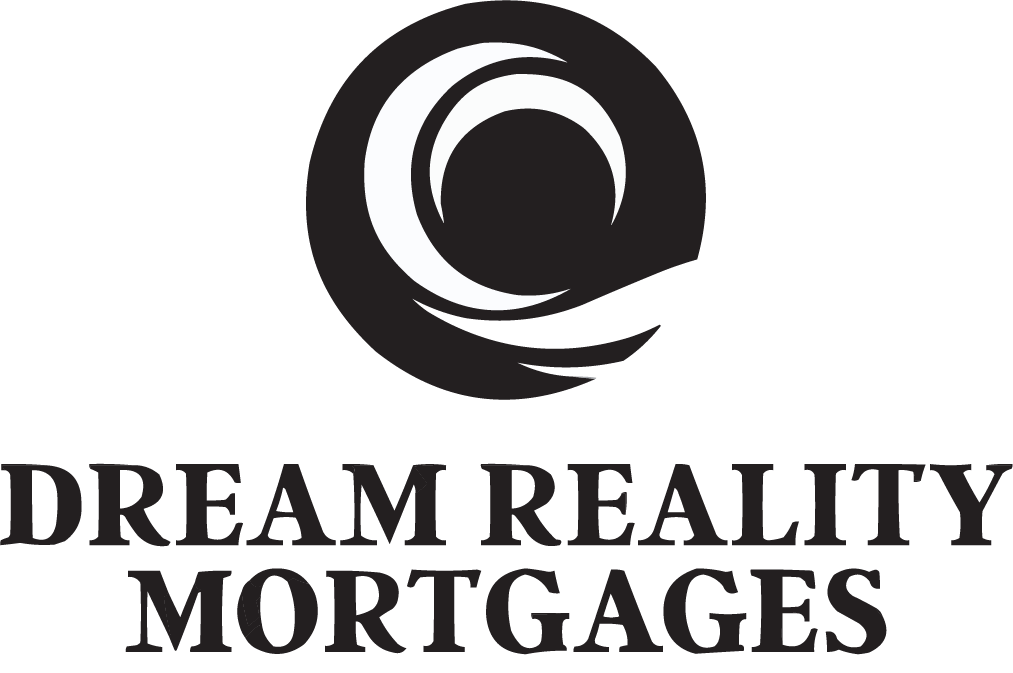
Debt Consolidation
Debt consolidation, using your mortgage, can be an effective strategy to manage high-interest debt and lower monthly payments. Here’s what you need to know:
What is Home Equity Debt Consolidation?
Debt Consolidation: It involves combining multiple high-interest debts (e.g., credit card balances, personal loans) into a single lower-interest loan. By borrowing against your home’s equity you can pay debts off, reducing your obligation to a single payment, and lowering your overall interest rate.
Mortgage Debt Consolidation: This allows you to add your debts into your mortgage balance. Essentially, you refinance your existing mortgage to access the equity and use the additional funds to pay off other debts.
Using Home Equity for Debt Consolidation
Home Equity: This is the difference between your home’s current market value and the outstanding balance on your mortgage. You can borrow against this equity to consolidate debt.
Loan-to-Value Ratio (LTV): Most lenders allow you to borrow up to 80% of your home’s value, minus your existing mortgage balance. For example, if your home is worth $500,000 and you owe $300,000, you could potentially borrow up to $100,000 ($500,000 x 80% = $400,000 – $300,000 = $100,000).


Ways to Consolidate Debt with Your Mortgage
Refinancing Your Mortgage: This involves breaking your current mortgage and taking out a new mortgage at a higher amount (based on your home equity) to pay off your existing debts.
Home Equity Line of Credit (HELOC): A HELOC allows you to borrow against your home’s equity as needed, similar to a credit card, but with lower interest rates. You can use the HELOC to pay off higher-interest debt.
Second Mortgage: This is a loan secured by your home’s equity, but it doesn’t replace your existing mortgage. Instead, it runs alongside it. Second mortgages typically come with higher interest rates than first mortgages.
Blended Mortgage: Some lenders offer a “blend and extend” option, where you blend your current mortgage rate with the new rate after adding your consolidated debt. This can avoid the penalties associated with breaking your existing mortgage.
Benefits of Debt Consolidation with Your Mortgage
Lower Interest Rates: Mortgage rates are usually much lower than credit card or personal loan interest rates. Consolidating your debts into your mortgage, or through a HELOC, can significantly reduce the interest you pay.
Single Monthly Payment: Combining your debts simplifies your finances by turning multiple payments into one. This can make budgeting easier.
Lower Monthly Payments: By consolidating debt into a longer-term mortgage, your monthly payments may decrease significantly, easing cash flow.
Credit Score Improvement: By paying off high-interest debt like credit cards, you may improve your credit score as your utilization ratio decreases and you show consistent mortgage payments.
|
Costs of Debt Consolidation
|
|
|---|---|
|
Refinancing Penalties
|
If you refinance your mortgage mid-term, you may face prepayment penalties, which can be either three months' interest or the Interest Rate Differential (IRD) for fixed-rate mortgages. This is one of the biggest costs of refinancing.
|
|
Legal and Administrative Fees
|
Refinancing or setting up a new mortgage or HELOC typically involves legal fees, appraisal costs, and administrative fees (often between $500-$1,000).
|
|
Increased Mortgage Size
|
While consolidating debt can lower your monthly payments, it increases your overall mortgage balance and the amount of interest you’ll pay over time.
|
|
Pros and Cons of Debt Consolidation with a Mortgage
|
|||||||||
|---|---|---|---|---|---|---|---|---|---|
|
PROS
|
Lower Interest Costs: Mortgage rates are typically much lower than unsecured debt, like credit cards or personal loans.
Simplified Finances: One payment instead of many can make managing finances easier and reduce stress. Improved Cash Flow: Monthly payments may be reduced, improving your overall cash flow. Potential for Credit Score Improvement: Paying off high-interest debt can lower your debt utilization ratio and improve your credit score. |
||||||||
|
CONS
|
Increased Mortgage Balance: Your mortgage debt will increase, which means paying more interest over the long term.
Potential Refinancing Penalties: Breaking your mortgage term early to refinance can result in hefty penalties. Risk of Losing Your Home: By consolidating unsecured debt (like credit cards) into your mortgage, you’re converting it into secured debt. If you fail to make payments, you could lose your home. Longer Debt Repayment Period: Extending the term of your mortgage means you could be in debt longer, even though your monthly payments may be lower. |
||||||||
Mortgage Default Insurance
If You Need to Borrow More than 80% of Your Home’s Value: If your new mortgage exceeds 80% of your home’s value, you’ll need to pay for mortgage default insurance through CMHC, Sagen, or Canada Guaranty. This additional cost should be factored into your calculations.
Avoiding Insurance: To avoid mortgage insurance costs, it’s best to keep the total mortgage balance (after consolidation) under 80% of your home’s appraised value.
Qualifying for Debt Consolidation
Debt-to-Income Ratio (DTI): Lenders will closely evaluate your debt-to-income ratio to ensure you can handle the larger mortgage payments. Typically, your total debt payments shouldn’t exceed 40% of your gross income.
Credit Score: Your credit score will affect your ability to refinance. If your credit is poor, you may still be able to consolidate debt, but you might have to work with a subprime or alternative lender at a higher interest rate.
Mortgage Stress Test: You will need to pass the mortgage stress test, which ensures you can afford your payments even if interest rates rise. You must show you can afford payments at the Bank of Canada’s qualifying rate or your contracted rate plus 2%, whichever is higher.
Is Debt Consolidation Right for You?
Debt consolidation with a mortgage can be a good strategy if:
- You have significant high-interest debt and want to lower your overall interest costs.
- You have equity in your home and can qualify for refinancing or a HELOC.
- You can comfortably afford the increased mortgage payments.
- You are committed to not accumulating more high-interest debt after consolidating.
However, it may not be suitable if:
- You don’t have enough home equity to cover your debt.
- The refinancing penalties and fees outweigh the savings from lower interest rates.
- You risk losing your home if you fall behind on payments.
Steps to Consolidate Debt with a Mortgage
- Assess Your Current Financial Situation: Look at your existing debts, interest rates, and monthly payments to understand the total amount of debt to consolidate.
- Determine Your Home’s Equity: Contact your lender to determine how much equity you have in your home.
- Calculate Refinancing Costs: Consider any prepayment penalties, legal fees, and administrative costs associated with refinancing.
- Shop Around: Compare different lenders and mortgage products, including HELOCs, second mortgages, or refinancing options.
- Work with a Mortgage Broker: A mortgage broker can help you find lenders who specialize in debt consolidation and may help you secure better terms.
- Plan for the Long-Term: Ensure that after consolidating, you’re not taking on more debt and have a plan to pay off your mortgage efficiently.
Debt consolidation with a mortgage can provide financial relief by reducing interest costs and simplifying payments, but it requires careful consideration of the costs, risks, and long-term financial impact. Be sure to assess your situation and speak with a mortgage broker about your options.






